Most modern parents are keen on early developmental techniques, including swimming training for newborns. What is this - a new-fangled hobby or a necessary condition for the harmonious development of the baby? Is it necessary to teach babies to swim, when to start and how to do it so as not to harm children's health? In our article we will try to answer these and other questions.
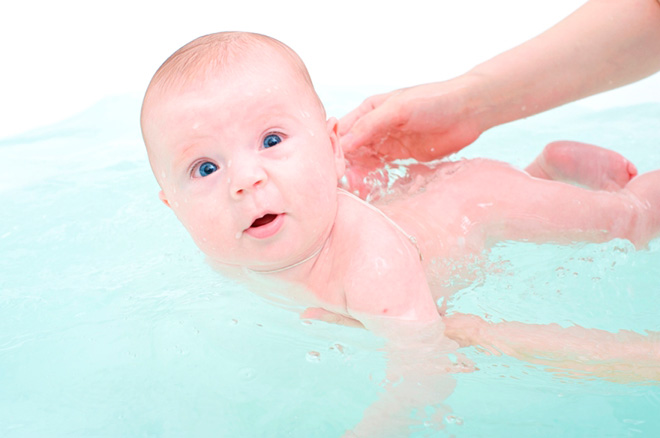
How is swimming good for babies?
From birth, children are already able to swim: they can hold their breath underwater and splash in the bathroom with pleasure. This is explained by innate reflexes - until the birth of the baby in the mother’s stomach was in a liquid environment. By about three to four months, this innate reaction fades away, and you will have to learn the baby to stay afloat much later.
However, the essence of such activities with a newborn is not to make him the future Olympic champion. Increasingly, pediatricians are saying that infants bring invaluable benefit.
- Regular water procedures teach children to calmly relate to temperature changes. Thanks to hardening, immunity is strengthened, which reduces the likelihood of colds, promotes dynamic physical development and helps prevent a variety of health problems.
- The result of systematic exercises is the formation of a correct, beautiful posture, a strong muscle corset for the children's spine.
- Water exercises are much more effective for improving the motor system than massage and stroking. They strengthen or, conversely, relax the muscles of the back, arms, legs and neck. By the way, young swimmers earlier begin to crawl, get on their feet and walk (what a child can do in 1 year).
- During bathing, when the child has a little difficulty breathing and the body does not have enough oxygen, the child’s body additionally secretes red blood cells (red blood cells), which contributes to an increase in hemoglobin level.
- Swimming and diving have a positive effect on the lungs and the cardiovascular system, help stimulate the blood supply to organs and normalize blood pressure.
- When a child dives, flowing water cleans the maxillary sinuses. And this is the prevention of the common cold in a newborn. The baby nose is also washed, all bacteria, dust particles and possible allergens are removed.
- In the water, the child calms down, gets rid of fears. Also, water procedures strengthen the bond between mother and baby, spending time with the baby while swimming, you can better understand his body language and gestures, which will allow you to quickly find understanding with your baby.
- A child taught to swim from birth will not be afraid of open water.
Another undoubted plus - many children, swimming and diving, quickly fall asleep and do not disturb the young mother almost all night. Which, you see, is important!
READ ON THE TOPIC:
Check out the article: what to do if the child is afraid to bathe in the bathroom and useful article how to bathe newborns
Rules for swimming with the baby
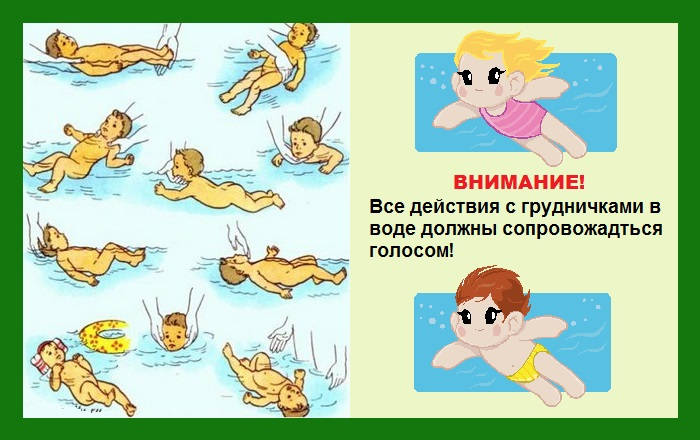
Teaching a newborn to swim will not be difficult for parents if you adhere to the main recommendations.
Optimal age
Begin training with three to four weeks. First, the umbilical wound is healing at this point. Secondly, the child gains weight, gradually adapts to the new reality. Finally, infantile reflexes (swimming and breathing) have not yet died out.
Bath preparation
All procedures should be carried out in a familiar environment for the crumbs. Before diving, wash the bath with ordinary household soap and rinse it with soda once a week, remembering to rinse thoroughly. Be careful with potassium permanganate solution and herbal decoctions - the child may swallow fluids. After gaining basic swimming skills, you can move on to more professional lessons - in the pool.
Water temperature
Perform the first workouts at an average temperature of 35 ° C. Little by little, it can be reduced, but remember - young children should not swim in water for up to three months, whose temperature is below 32 ° C. To create ideal conditions, watch out for children's behavior:
- if the baby cries when diving for several minutes, the water is too cold for him;
- if he first whimpers, and then falls silent and actively flounders with arms and legs, you have chosen the optimum temperature;
- if it is too relaxed and passive, the bath is too warm.
DETAILS:The optimum temperature for bathing a newborn baby
While bathing, the water gradually cools, but take your time to bring it to its original temperature. This is the meaning of the procedure - it happens hardening toddlers.
How to conduct classes in infants swimming?
Water procedures should be performed approximately one hour after a meal: the infant has not yet been hungry, and milk has already been assimilated. Another important point is to deal only with sleepy children to avoid tears and moods.
Leaning over the bathtub while holding the baby in the water is quite difficult - it goes to both the back and shoulders. Try doing this while sitting on a chair. Be sure to cover the bathroom floor with a rubber mat so that it is not so slippery. Take a clean diaper with you - with it you can wipe the newborn after a swim. You can also wrap the baby in it before you bring it to the nursery. However, if there are no drafts in the apartment, doctors recommend wetting the skin of the crumbs a little without wiping it dry, and take it to the bed naked. This is another effective way of hardening.
[sc: rsa]
So, everything is ready for swimming - the bathtub is filled with a little warm water, and your child is in a great mood. First, with his hand, touch the water surface, then immerse the child’s feet in it. Lower the crumb vertically, without stopping talking in a confident, calm voice.
In infants swimming, two types of supports are used: under the chin and under the back of the head. In the first case, the baby lies belly down in the water, and you hold its head so that the baby's chin is in your palm. In the second option, the child lies on his back, and you grab his head by the back of his head. Try both positions and choose the one that your child likes the most.


Basic exercises in the bath
(at the end of the article there are many video instructions on what exercises you can do with a newborn in the bath)
If you think that water procedures at home are not an interesting event, then you are mistaken. Of course, the baby will not be able to perform complex somersaults under the guidance of an instructor, but you can carry out several simple manipulations yourself.
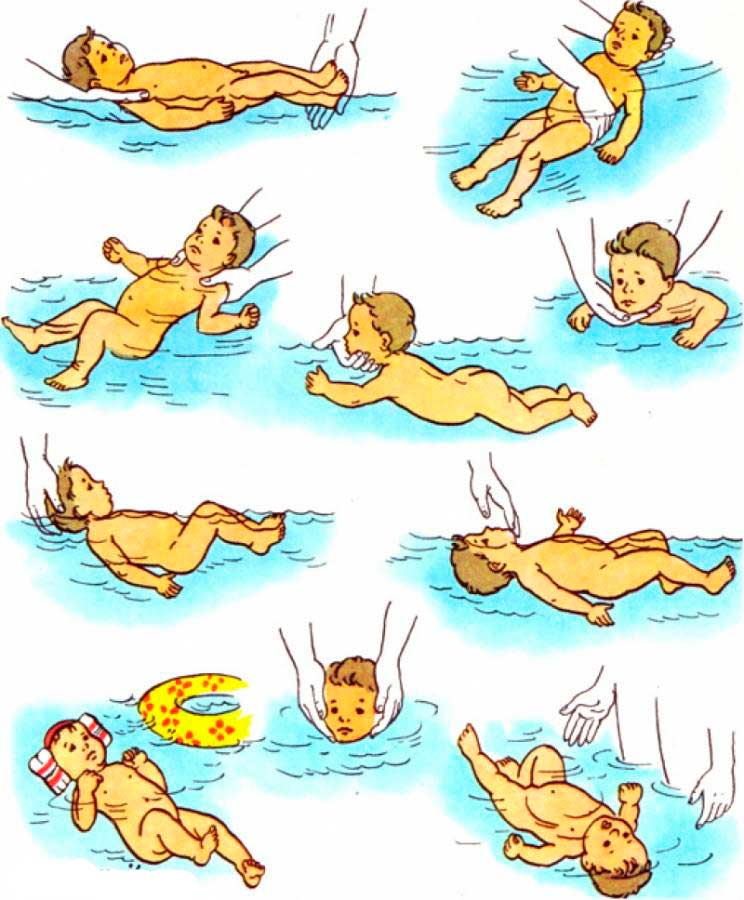
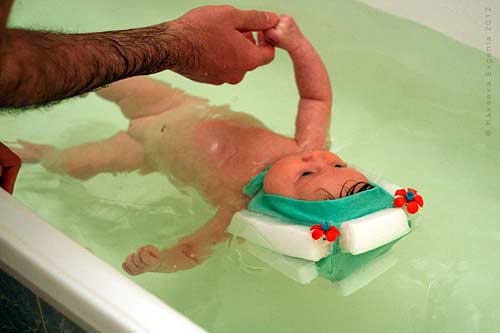
- Shocks and turns
Bring the baby's legs to the walls of the bath. Feeling the support, he will start from the sides and try to swim. At this stage, your help is minimal - you just need to support the crumbs, which will turn over from the back to the tummy.
- Splashing
The child lies on his stomach, completely immersed in water, and you hold his head to the chin. Show him how unusual the circles running across the water look if you splash a little.
- “We are sailing for the boat”
Starting position, as in the previous lesson. Place a bathing toy in front of the baby and try to get it, saying: “Look, our boat is floating away. Let's catch her. ” It is necessary to gradually increase the speed and length of the "distance".
- "Eight"
When the baby learns to move in a straight line, try moving on to the next lesson. It can be performed on the back and on the tummy. “Draw” the number 8 as a child, individually choosing the speed of the assignment.

- "Swing"
Turn the baby over on his stomach, holding the head by the nape and chin so that it remains above the water. Simulate swimming back and forth and top-bottom (immersing and raising), making smooth movements.
Attention, we dive!
Perhaps the most difficult element of infants swimming is diving. And it is difficult not for children, but for parents because of the fear that their beloved child will drown. However, a child is able to hold his breath from birth, he only needs to be reminded of this.
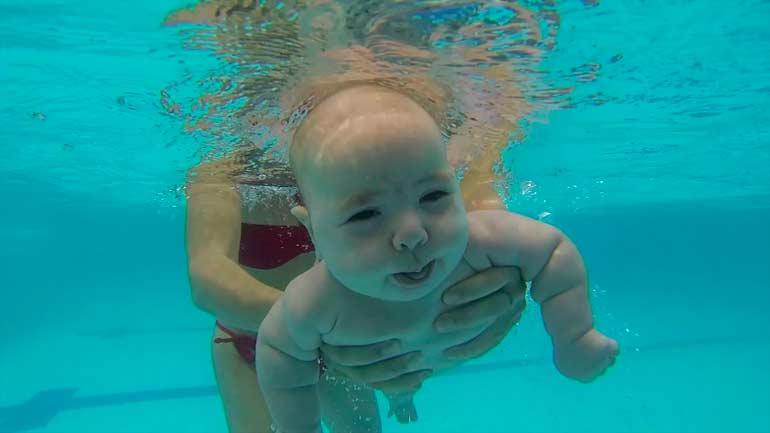
Before dipping the baby with his head, you should prepare. Say the keyword "Diving!" and blow the baby in the face. He immediately closes his eyes and holds his breath. Repeat the exercise for 10 days.
Then the task is a little more complicated: after the agreed phrase, it is necessary to blow and sprinkle water on the face. Have you learned this stage? Go, in fact, to complete immersion. Try to do the first dives when your little swimmer is in a good mood and managed to swim a bit. Speak a familiar command and lower it not very deep for a couple of seconds. Later, the dive time can be increased to five to six seconds.
Contraindications to classes
Before starting a systematic water treatment, consult with your pediatrician. He will explain whether this activity is suitable for your offspring and identify possible limitations. Swimming is contraindicated in the following deviations in health:
- disorders of the musculoskeletal system, which require fixation of the limbs;
- congenital heart disease;
- purulent dermatitis;
- colds and viral diseases (you can swim after a course of treatment);
- disorders of the neurological type, which are accompanied by convulsions.
Remember that you can not insist and make children swim, swim and especially dive. Such efforts will not add to the crumbs of health, but, on the contrary, will lead to psychological problems.
So, baby swimming is an extremely exciting and extremely useful event. The child plunges into a familiar environment for him, develops the muscular system, strengthens the immune system and learns the world around him. Kids who started swimming from the first days of their life adapt better to the conditions of the kindergarten and school. Isn't that a good reason to go swimming with your child?
READ ALSO: A review of popular techniques for early child development with video tutorials and films – https://kid.htgetrid.com/en/razvitie-rebenka-do-goda/metodiki-rannego-razvitiya-detey.html
P.S. You can search the Internet for two books by Nikita Yanushchanets and Z.P. Firsov "Swim before you go" and download for free.
Video: Learning to dive | Basic rules and tips
A selection of video instructions for infants swimming
Through the eyes of mom: How to teach your baby to dive and swim


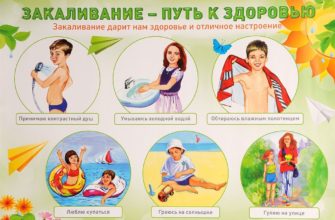


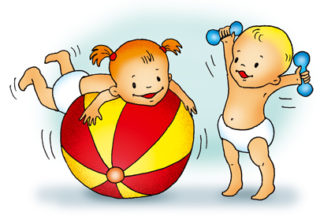
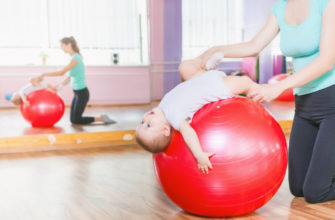
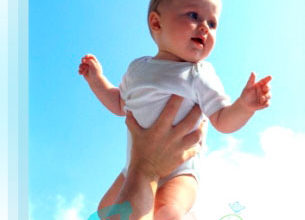
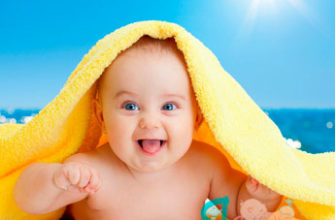
We taught our son to swim when he was not even three weeks old. A special instructor even came to us for this. The son swam perfectly under water and he liked it. But once we got sick and our bronchitis lasted three weeks. When, after illness, we returned to bathing in the bath, to our surprise, there was no trace left of swimming skills under water!
I read a lot about swimming infants. With the first, they swam in a children's bath, did not learn to swim, but they tried to do the exercises. I try to teach the second to swim. An interesting hat for swimming, I think with it we will succeed
Article is super! And everything is described in such detail in it. I didn’t even imagine that swimming affects a child so well.
Tin. And if it gets into the lungs? And if oxygen starvation occurs? Can the kids still swallow the water?